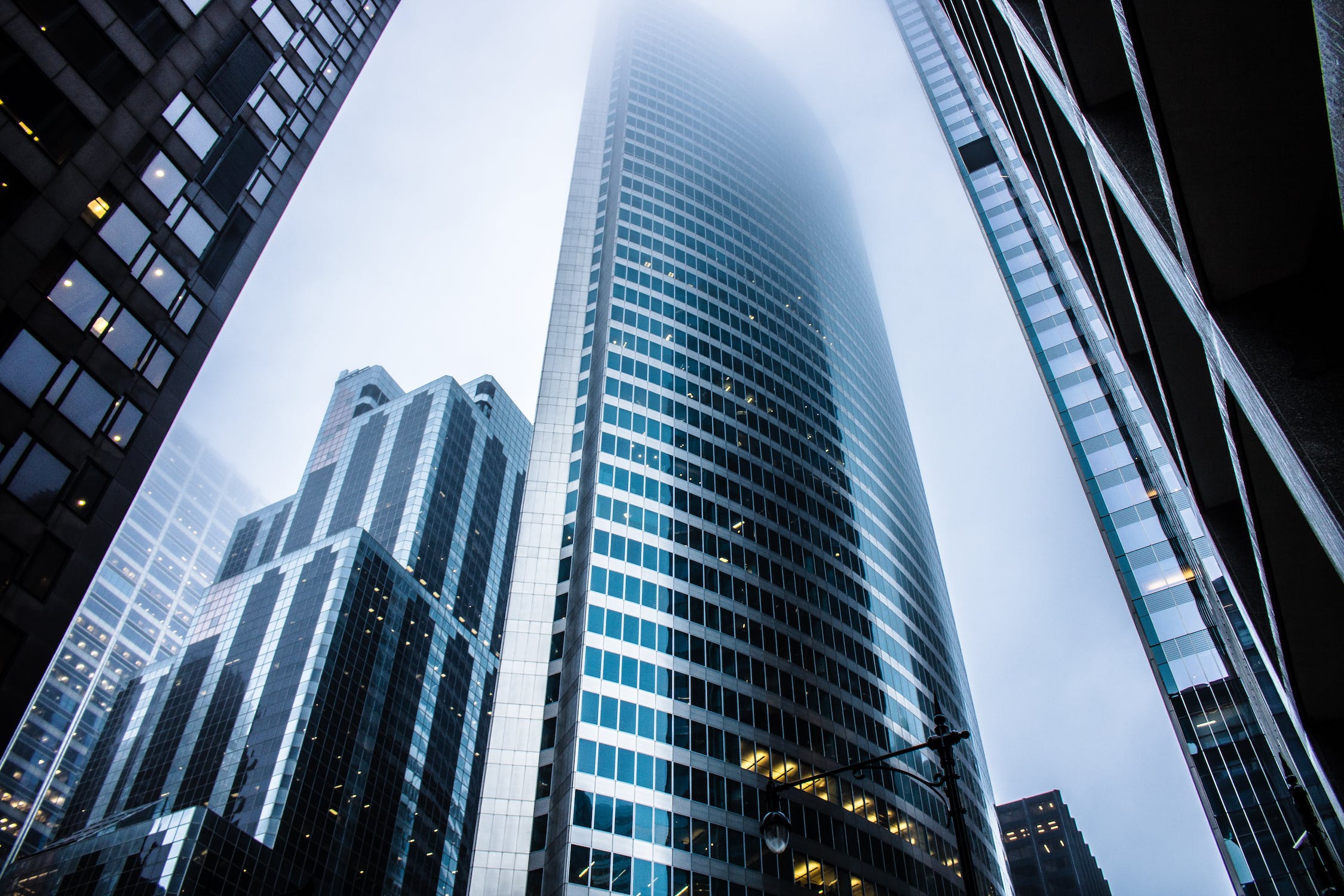
23 Apr FUTURE TRENDS AND INNOVATIONS FOR BUILDERS AND CONSTRUCTION COMPANIES
The construction industry is facing significant challenges, including climate change, labor shortages, and the need for greater efficiency and sustainability. Builders are turning to new technologies and innovative approaches to address these hurdles and rethink where the industry is heading. You know what that means: Time to debate the future of builders and what coming years years will bring.
After all, sustainability is a critical issue for the construction industry. Builders are under increasing pressure to reduce the environmental impact of their projects, including reducing energy consumption, minimizing waste, and using eco-friendly materials.
Green building materials are therefore on the rise. These components are designed to be more environmentally friendly than traditional options, with features such as low embodied carbon, high recyclability, and renewable content. Examples of green building materials include bamboo, recycled steel, and reclaimed wood.
Another aspect of sustainability in construction that’s growing in awareness is the use of renewable energy sources. Construction firms are increasingly incorporating solar panels, wind turbines, and other renewable energy sources into their projects to reduce their reliance on non-renewable energy sources and lower their carbon footprint.
Technology is also having a transformative effect between new tools and approaches that improve efficiency, accuracy, and safety. As you might have noticed, are embracing a range of high-tech solutions, from Building Information Modeling (BIM) to drones and 3D printing.
In case you’re not aware, BIM is a technology that allows builders to create detailed 3D models of buildings, enabling them to visualize the project before construction begins. It can help identify potential issues, optimize designs, and improve project coordination and communication.
Then it bears reminding that drones are also playing a role in construction, providing builders with a range of benefits, including site inspection, surveying, and aerial photography. They can also improve safety by providing access to hard-to-reach areas without risking the safety of workers.
Among other cool new trends we’re seeing, 3D printing is emerging as a promising technology for the construction industry, with the potential to revolutionize the way buildings are constructed as well. Using it, builders can create complex, custom parts and components with greater speed and accuracy than traditional manufacturing methods.
And PS – companies are also adopting new approaches to construction and design. Examples of innovative approaches include modular construction, prefabrication, and adaptive reuse.
Modular construction involves the use of pre-built modules that are assembled on-site, reducing construction time and labor costs. Also keep in mind that prefabrication is a similar approach that involves the construction of parts or components in a factory setting, with the completed pieces then transported to the building site for final assembly.
Last but not least, adaptive reuse involves the renovation or repurposing of existing buildings, rather than building new ones. This approach can help reduce waste and conserve resources while preserving historical and architectural value.



